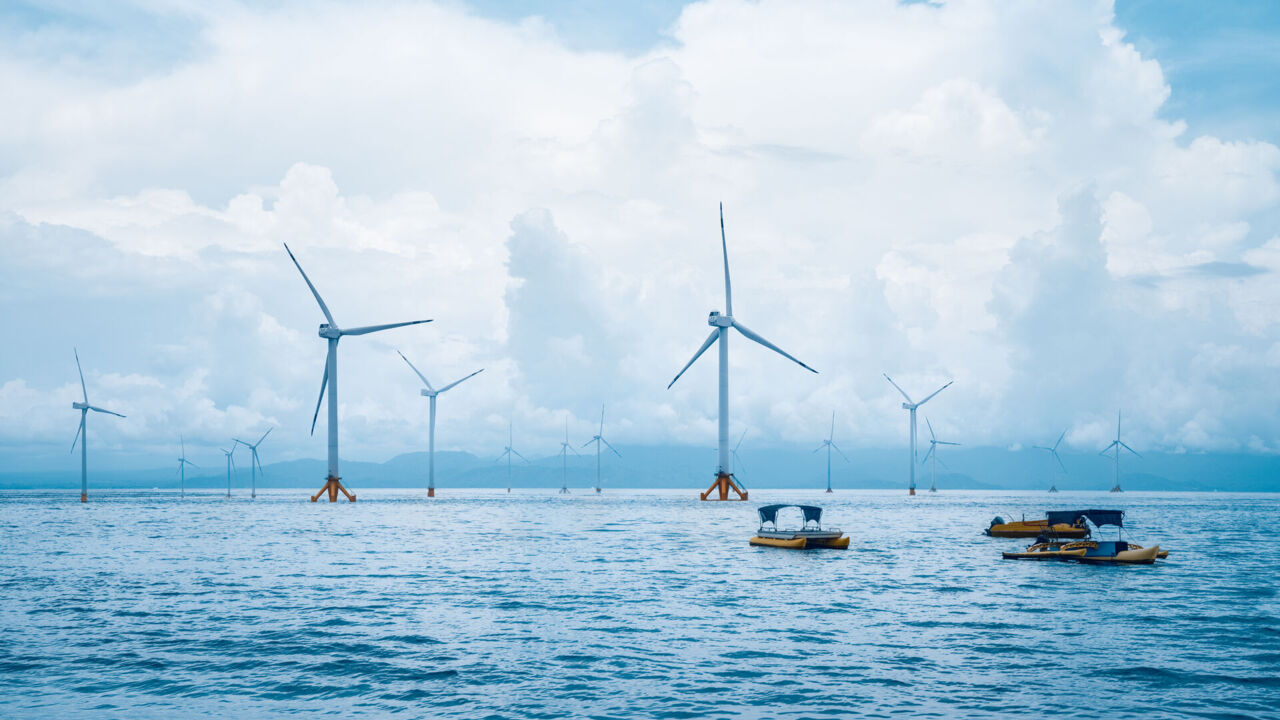
EVEN WITH THE PUSH FOR MORE RENEWABLE ENERGY SOURCES, COMMERCIAL-SCALE OFFSHORE WIND FARMS ARE STILL RARE. BUT THE TIDES MAY BE CHANGING.
ON TUESDAY, CALIFORNIA HELD THE FIRST-EVER U.S LEASE AUCTION TO DEVELOP OFFSHORE WIND FARMS. A TOTAL OF FIVE LEASE ZONES WENT UP FOR AUCTION. TWO ZONES OFF THE STATE’S NORTHERN SHORES AND THREE OFF THE CENTRAL COAST.
THE TURBINES WILL EITHER FLOAT ON GIANT TRIANGULAR PLATFORMS OR BUOYANT CYLINDERS WITH CABLES ANCHORING THEM TO THE OCEAN FLOOR. THE TURBINES COULD BE AS TALL AS THE EIFFEL TOWER AND WILL BE PLACED ABOUT 25 MILES FROM THE COASTLINE, BECAUSE WHILE THE TURBINES MAY PRODUCE ENOUGH ENERGY TO POWER A MILLION AND A HALF HOMES, NO ONE REALLY WANTS TO SEE THEM.
THIS WON’T BE THE FIRST OFFSHORE WIND FARM IN THE US, BUT IT WILL BE THE FIRST ON A COMMERCIAL SCALE. THERE ARE PLANS TO DEVELOP SIMILAR OFFSHORE SITES OFF THE OREGON COAST NEXT YEAR AND IN THE GULF OF MAINE BY 2024.
THE PROPOSED OFFSHORE WIND FARMS SERVE AS THE LATEST CONFRONTATION BETWEEN GREEN ENERGY PROPONENTS AND SOME ENVIRONMENTAL GROUPS.
SUPPORTERS SAY WIND ENERGY SHOULD BE A CRUCIAL PART OF ANY CARBON-NEUTRAL INITIATIVE. BUT CRITICS COUNTER WE DON’T KNOW ENOUGH ABOUT HOW OFFSHORE WIND FARMS CAN IMPACT THE ENVIRONMENT.
THEY SAY WHALES COULD GET STUCK IN THE CABLES ANCHORING THE TURBINES, AND BATS AND BIRDS COULD COLLIDE WITH THE SPINNING TURBINE BLADES. BUT WITH THE COST OF DEVELOPING OFFSHORE WIND DROPPING BY 60% SINCE 2010, AND WITH PRESIDENT BIDEN’S GOAL OF DEVELOPING 30 GIGAWATTS OF OFFSHORE WIND ENERGY BY 2030, GREEN ENERGY BACKERS SEEM TO HAVE THE ADVANTAGE, AT LEAST FOR NOW.










